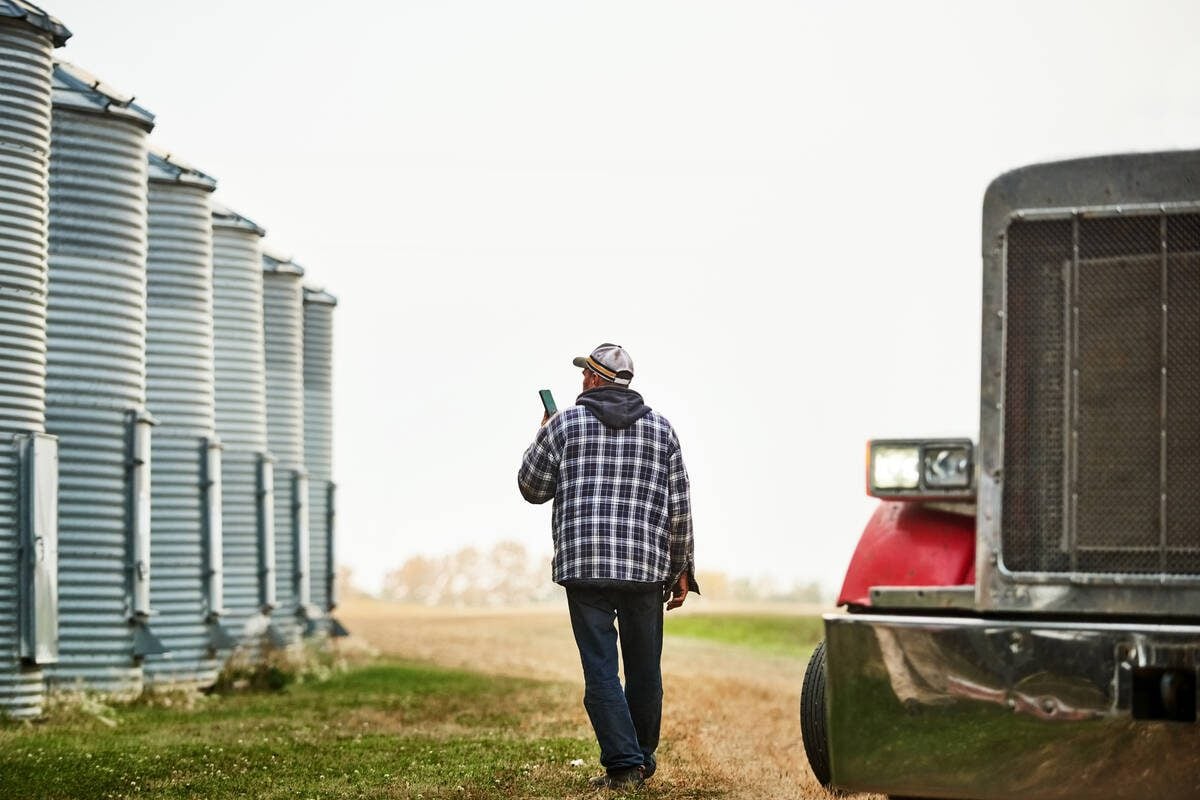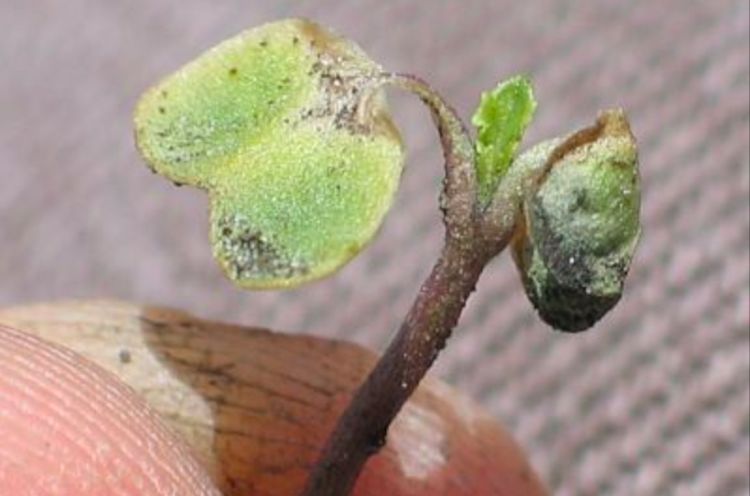After temperatures Thursday dropped as low as -5 C in parts of Manitoba and Saskatchewan, growers who’ve already seeded may be wondering whether emerging canola plants have survived.
It’s best not to write off those seedlings right away, according to the Canola Council of Canada in a Canola Watch newsletter on Friday.
It can take a few days to accurately determine how many plants survived and whether the remaining stand is still uniform, the council said.
Read Also

FCC forecasts rocky financial year, points to waning confidence, vCOOL, interest rates
Farm Credit Canada forecasts trade woes, interest rates contributing to deceleration in the Canadian economy in 2026.
“Be patient before making any decisions. Check the whole crop the day after a frost and then again three to four days after a frost to assess the situation.”
If a field is hit with a light frost (0 C to -2 C), the risk of crop damage is “minimal,” the council said, but where a heavier frost kills off the cotyledon leaves, it will take a few days before new leaves start emerging from the growing point.
If no growth occurs in those few days, the plant is likely dead, the council said. If the stem is pinched off or the plant flops over, the plant will likely die.
However, the council cautioned, dead cotyledons don’t mean a dead plant. If a plant’s hypocotyl is green and healthy days after the frost, the plant has likely survived and will soon put out a first leaf.
The quickest way to accurately assess recovery, the council said, is to mark individual plants that could recover and recheck these plants over the following few days.
If one or two plants per square foot have survived and the stand is fairly consistent throughout the field, the best choice may be to leave it alone, the council said.
“A thin stand is not optimal for yield but a thin stand may have better yield and quality potential than a reseeded field, particularly in dry soil conditions that wouldn’t encourage rapid emergence.”
Also, the council cautioned, a crop’s susceptibility can depend on temperatures in the days leading up to a frost. Canola plants that emerged in cooler conditions may be “hardened” to cool conditions, whereas plants that established during a stretch of hot days and warm nights are often more susceptible to frost.
Growers who plan to wait for warmer weather before seeding should remember that low temperatures forecast in the short term aren’t a factor for seed survival and emergence rates, especially in mid-May, the council said.
The forecast for the next week, when seedlings are emerging, is “more relevant to seedling survival.”
Growers who want to spray for weed control after a light frost should wait until conditions line up accordingly, including a minimum of one night with lows no lower than +5 C; a minimum of one day of warm, sunny growing conditions; and similarly good growing conditions “present at the time of spraying.”
Growers should also wait to spray until they see no evidence of frost damage (blackening, water-soaked appearance) on either the crop or the weeds.
Even a herbicide-tolerant canola crop requires the plant’s metabolism to be working at full capacity to effectively process herbicide and prevent crop injury, the council warned.
After a heavy frost, growers will first want to check for signs of damage such as water-soaked and darkened leaves that eventually lead to necrosis — that is, dead, dry tissue.
If tissue damage is greater than 40 per cent of a plant’s total leaf area, a grower should allow new leaves to grow before making herbicide applications, the council said. — AGCanada.com Network
















